Do you have any good flowers for bees in your garden or backyard? If not, you may want to add at least a few. In 2019 alone, one-third of America’s bee population disappeared. Bees are essential for life on Earth as we know it and it’s crucial for us to stop the bee population from continuing to decline.
There are many features to consider when designing a beautiful backyard garden. But we believe that one of the most important things is ensuring that your garden will do the world some good. Apart from providing beauty and relaxation, of course.
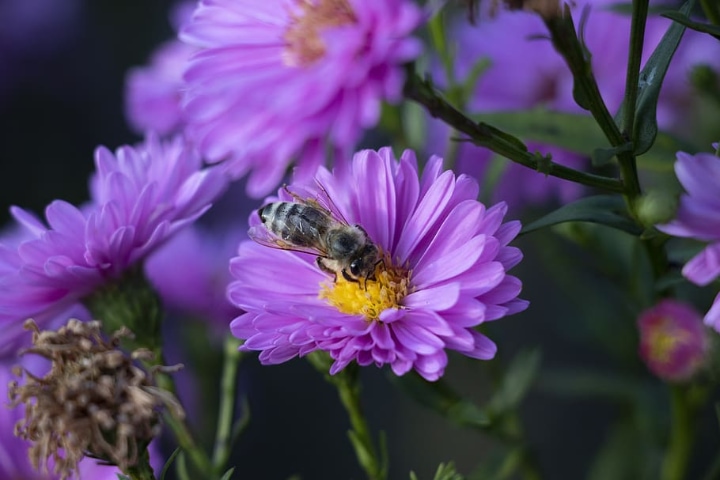
That’s easier to achieve than you may think. Creating a garden that welcomes drones, soldiers, queen, and worker bees and gives them a safe place to live in can help you do your part in bettering the Earth.
So, what flowers are bees drawn to? And what are the best flowers for bees? Read on to find out! But first…
Why Be a Bee-Friendly Gardener
With honeybee colonies having a hard time staying alive, it’s more important than ever to create welcoming environments for these little pollinators and do our part to keep them alive.
Without bees, many of the fruits and vegetables that make up our diets would no longer exist. Many of the flowers that make spring and summer so beautiful would also disappear.
Citrus fruits, broccoli, and avocado are just a few that would be lost. This is why it is so crucial to avoid pesticides, herbicides, and unnatural fertilizers in your garden, vary the varieties of plants and try to keep your garden blooming all season long.
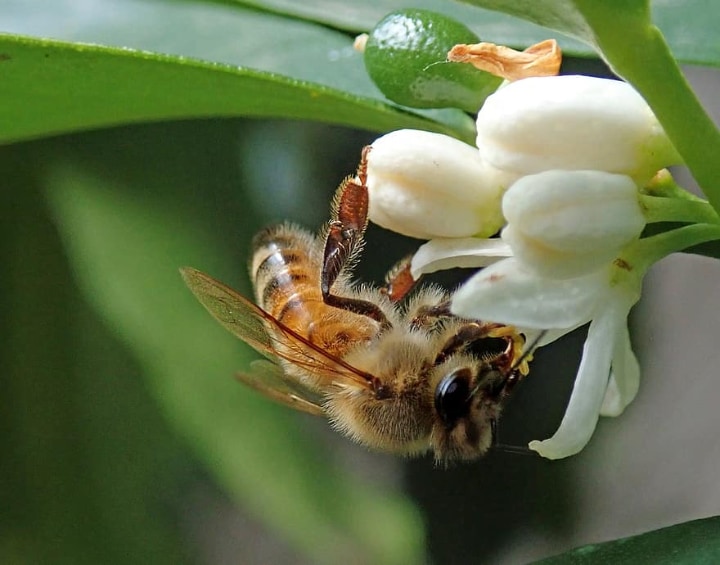
Without bees, our world would be a very different place, devoid of many things we often take for granted. Keeping your garden bee-friendly can make a huge difference for the bees and help preserve the environment.
What Flowers Do Bees Like?
Flowers provide all types of bees with the food they can’t get anywhere else. More specifically, bees like flowers that provide pollen and nectar. Each of these has different benefits for bees.
Nectar is the sugary juice in the heart of flowers. Pollen, on the other hand, is made up of tiny grains that cling to the anthers of the flowers.
Bees use pollen as their essential source of protein. They collect it and bring it back to their hive, where they store it in brood cells.
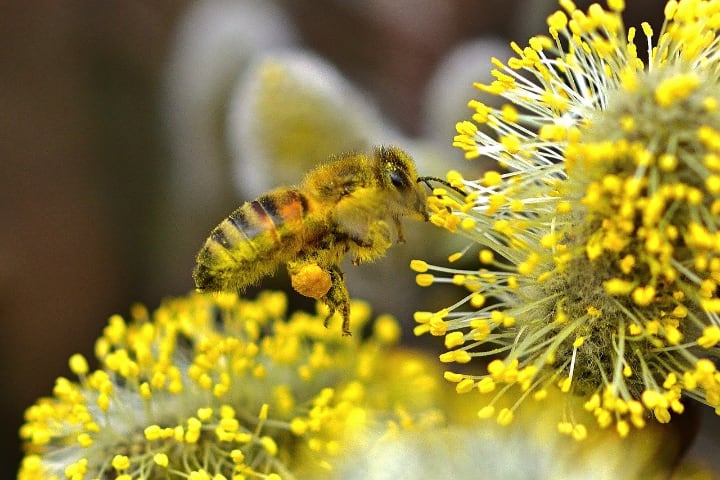
Bees make bee bread from pollen by mixing it with honey and feed it to their young. In short, pollen is essential for the development and growth of a beehive.
Nectar, on the other hand, is an important source of carbohydrates. Bees consume it for an energy boost. But most of it, they carry in their stomach and bring back to the hive.
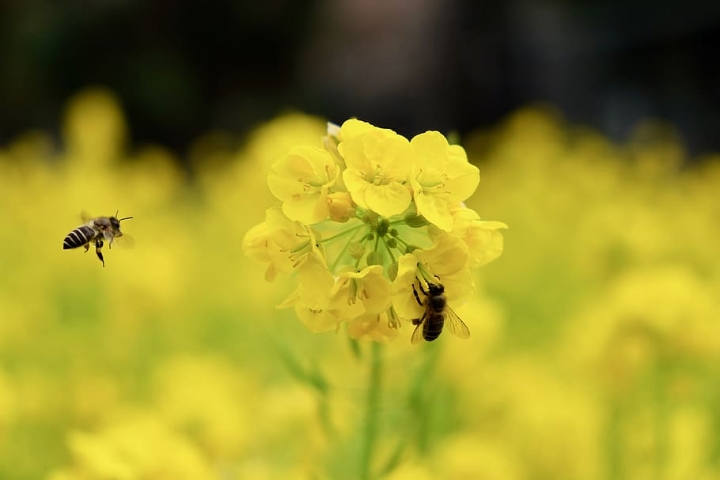
In their stomach, nectar becomes a watery sort of honey that they pass mouth to mouth to bees in the hive until the water content evaporates. They then store it in cells sealed with wax for their coming young.
Most bees will gather only nectar or pollen. The bottom line is that having in your garden a mix of flowers rich in nectar or pollen is the best way to attract bees.
Best Flowers for Bees
Additionally, flowers that have just a single row of petals allow bees to feed more easily than a flower with overlapping rows of petals.
Another thing to consider is that bees are most attracted to brightly colored flowers: blue, purple, and yellow in particular. But other colors will do, too.
Now let’s explore together some of the best flowers for bees.
1. Lavender (Lavandula)
This wonderfully scented plant is a perennial herb in balmy climates. The purple-colored flower is the most popular variety and a favorite of bees.
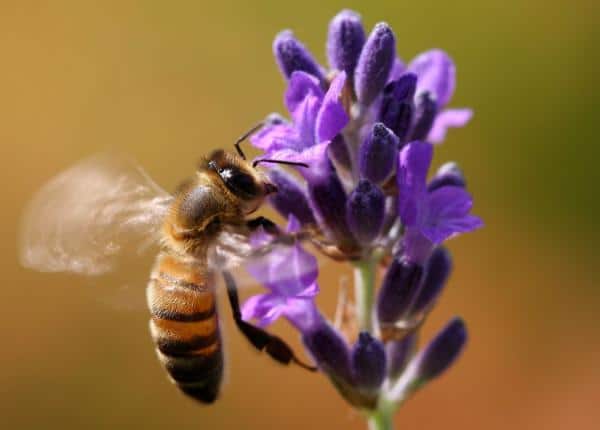
Lavender is low-maintenance and can withstand poor soil and low rainfall. There are quite a few cultivars around, but it this case, better stick to old-fashioned varieties.
2. Blackeyed Susan (Rudbeckia hirta)
Aside from its signature bright yellow hue, Blackeyed Susan also comes in red, mahogany, and bronze shades. You will also find other blossoms with two-tone petals.
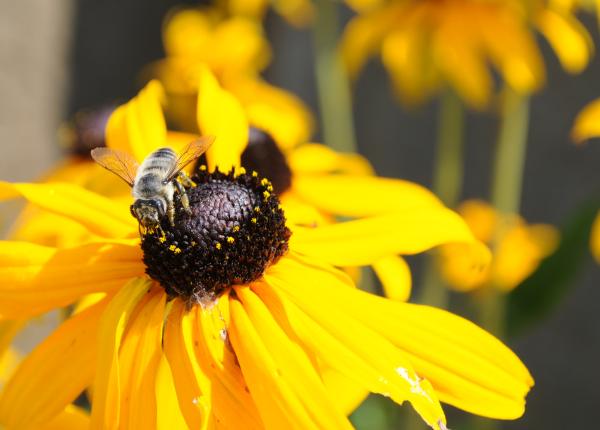
Considered a perennial, this flower is easy to cultivate. Additionally, the Blackeyed Susan adapts gracefully to dry and meager soil conditions. Overall, it’s a great late-summer bloomer for bees.
3. Bee Balm (Monarda)
The name pretty much gives this one away, doesn’t it? Bee Balm deserves a place in all bee-friendly gardens.
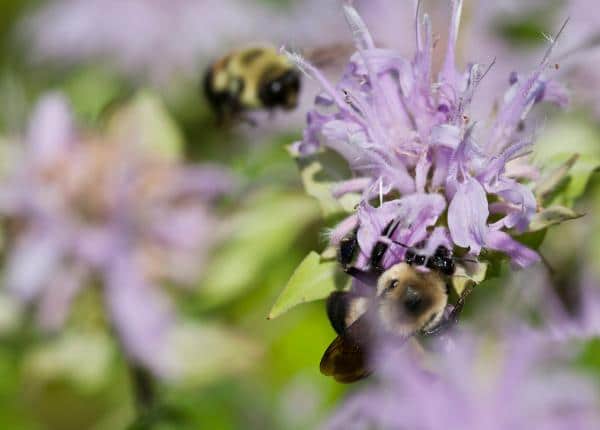
A couple of its species are Lemon beebalm, Scarlet bee balm, and Horsemint. It’s available in hues of pink, white, purple, and red.
At any rate, there is always a Bee Balm that will match your garden color concept.
4. Common Heliotrope (Heliotropium arborescens)
Another bee favorite, the Common Heliotrope is a blossom with small colorful clumps of purple and blue.
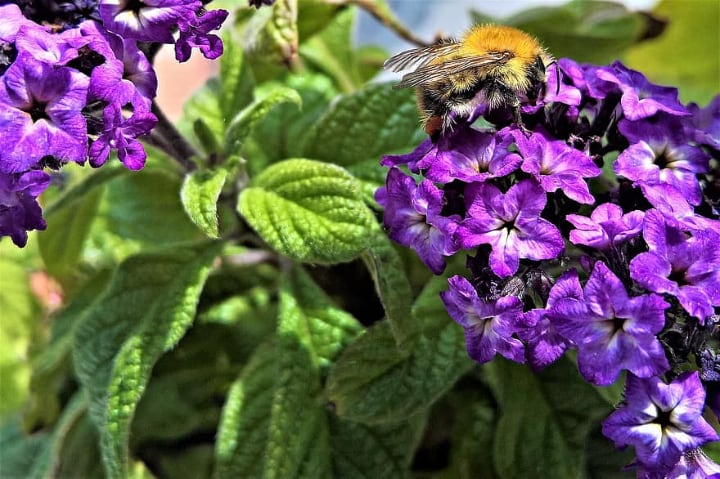
Apart from its vibrant hues, you’ll likely fall for its vanilla scent. This fragrant bloom requires limited sun and damp soil.
5. Purple Coneflower (Echinacea purpurea)
Marvelous flowers of pink-purple hues, these blooms are sure to draw pollinator bees to your garden.
Plants in the Echinacea genus are generally tall plants with fancy flowers, so it’s best to place them at the back of your garden as a backdrop for other smaller flowers.
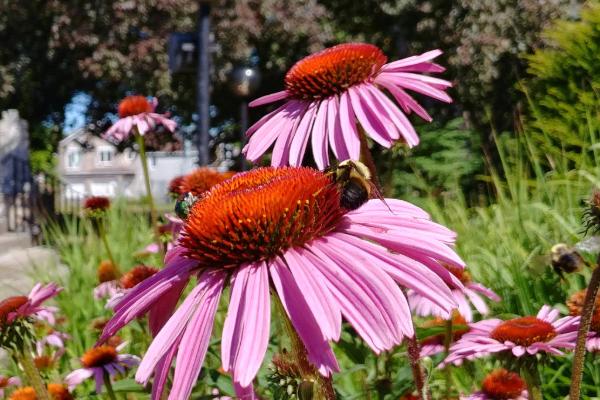
Besides attracting bees, you can also use Purple Coneflowers in preparing homemade flu and cold treatments. These plants are great immune system boosters.
6. Sunflowers (Helianthus annuus)
With their huge central discs, Sunflowers offer bees abundant avenue to search for pollen and nectar. They’re great if you want to attract a lot of bees.
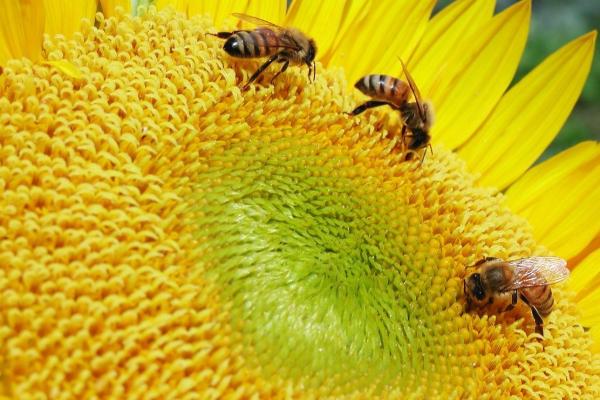
You can grow sunflowers just about anywhere as long as you plant it during the final frost of the year.
7. Crocus (Crocus sativus)
Available in rich yellows, purples, and blues, the Crocus is another great flower for making bees happy.
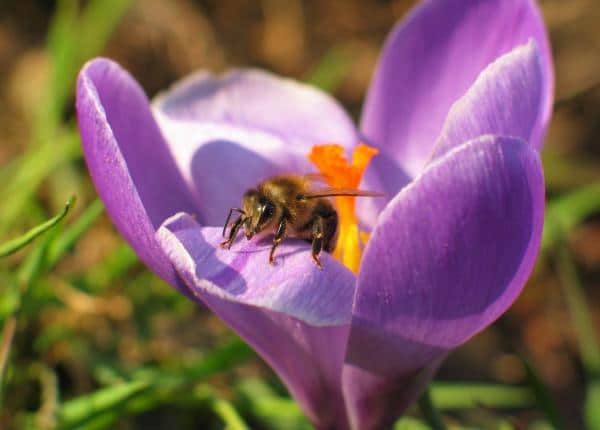
When planting Crocus bulbs, make sure to place them four inches deep before fall and give them enough water. Once developed, these flowers offer bees a good deal of nourishment.
8. Shrub Roses (Rosa spinosissima, Rosa canina, Rosa rubiginosa)
There are many kinds of roses but not all of them are great for bees. Choose fragrant, single or semi-double shrub roses with open centers.
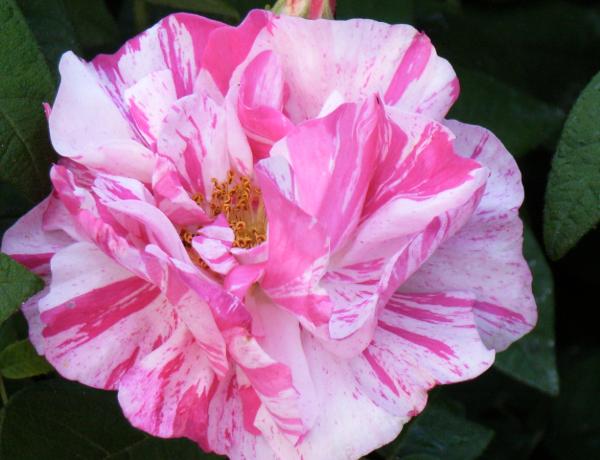
Tip: Keep in mind that not all roses attract bees. For example, bees pollinate sweetbriar and rugosa roses which produce rosehips but may ignore modern hybrids.
9. Butterfly Weed (Asclepias tuberosa)
Although Butterfly Weed is simple to grow, it actually takes years for it to bloom. But when it does, bees swarm this flower the entire day.
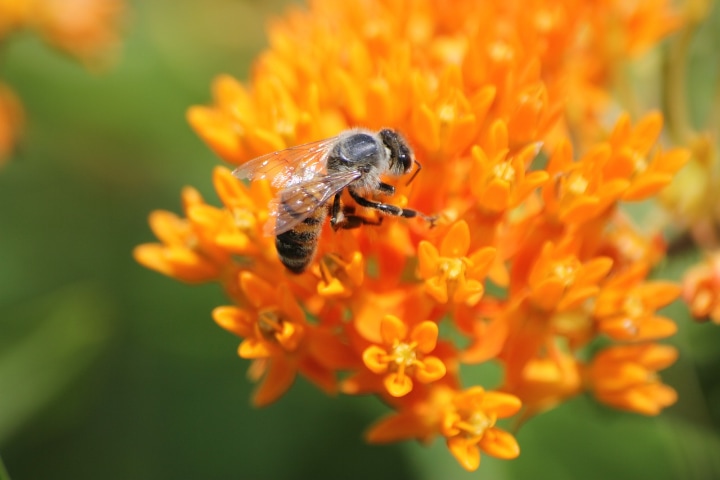
So yes, the wait pays off. Still, if you want to attract bees as soon as possible, look for faster bloomers. Like Salvia.
10. Salvia (Salvia divinorum)
Salvias are simple to grow from seeds. They flourish in the summer heat and go on to develop through fall.
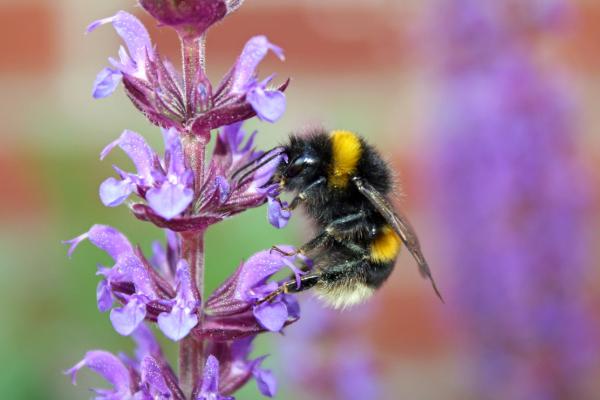
Blooms come in red, apricot, blue, and pink shades. So you got plenty of options to choose from.
11. Snowdrops (Galanthus nivalis)
What makes Snowdrops good flowers for bees? They appear before the last snows thaw. They are a welcoming sight for bees with almost drained reserves.
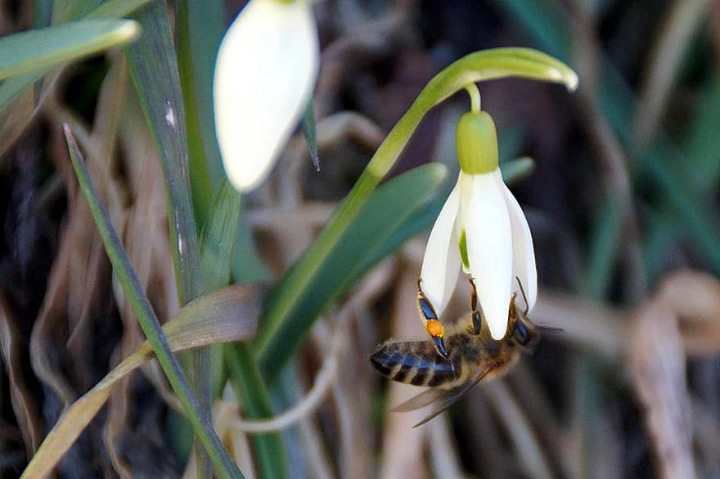
If you don’t have some snowdrops in your garden already, make sure to plant some from seed.
12. Blanket Flower (Gaillardia aristata)
Blanket Flowers are available in shades of orange, yellow, burgundy, and rust. Their petals are often bicolor or tricolor.

Blanket flowers are sturdy and drought-resistant. They are great to plant in rock gardens.
How to Create a Bee Garden
More than a haven for birds, a bee garden can create a thriving environment for all kinds of plants.
That’s because bees pollinate flowers, that is, they transfer pollen from the male part to the female part of the flower which enables fertilization and the production of seeds.
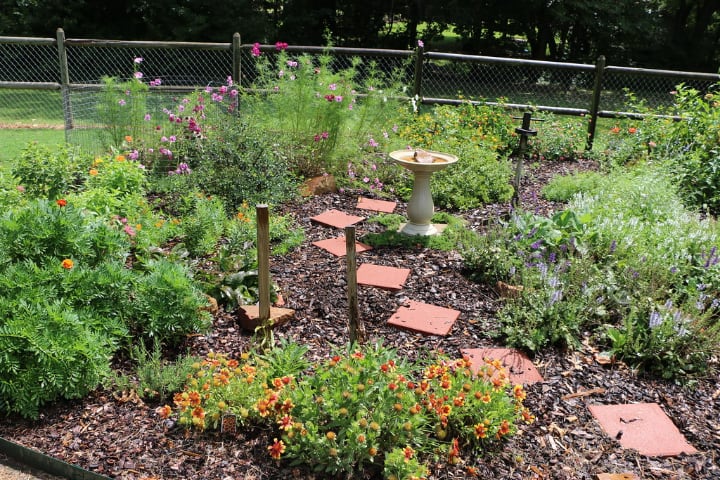
From creating bees houses to finishing a bee garden, this concise step-by-step guide has got you covered!
You don’t need to go to great expense to create a bee garden, and you don’t need to be an expert at keeping bees either. You just need to choose the right flowers for bees. Follow the steps below to get started.
Step 1 – Replace Grass
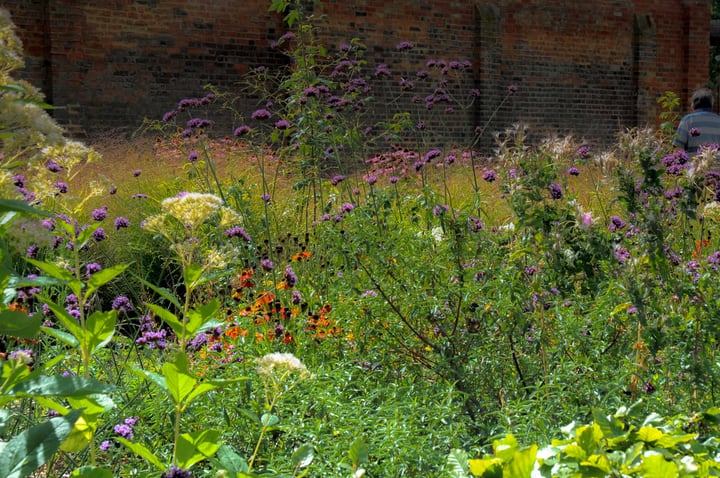
Replace grass with some of the plants we recommended in the section on the best flowers for bees.
Step 2 – Add a Bees House
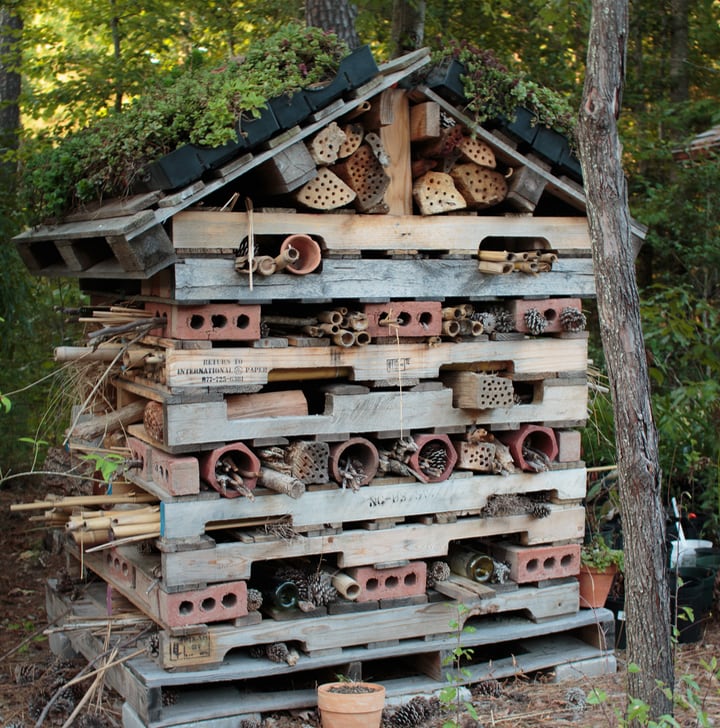
Add a bees house or two to your garden. Creating a bee garden gets so much easier when you can provide a home for the bees.
Step 3 – Provide Fresh Water
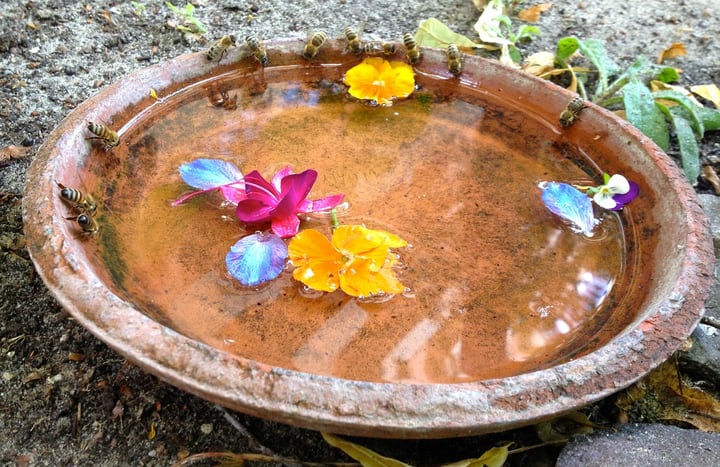
Use a shallow container and add to it twigs or tiny pebbles on which the bees can perch while they drink water. Place it close to their home, in a spot where it won’t be disturbed by other pets.
Step 4 – Avoid Chemicals
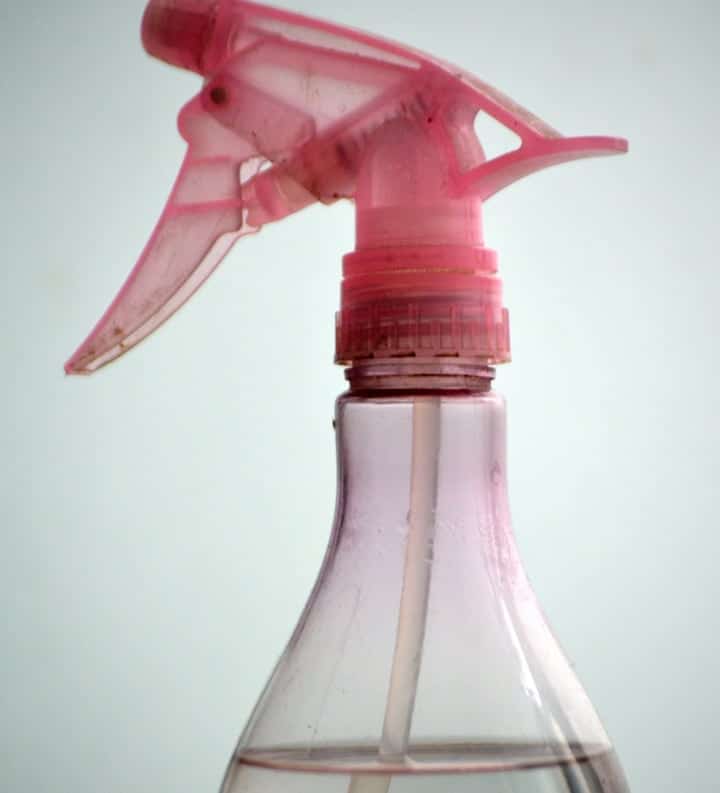
Don’t use pesticides and other chemical substances in the garden as these can drive away bees. Stick to natural pesticides like eucalyptus oil, onion and garlic spray, or salt spray. Most of these you can make at home.
Step 5 – Don’t Disturb the Bees
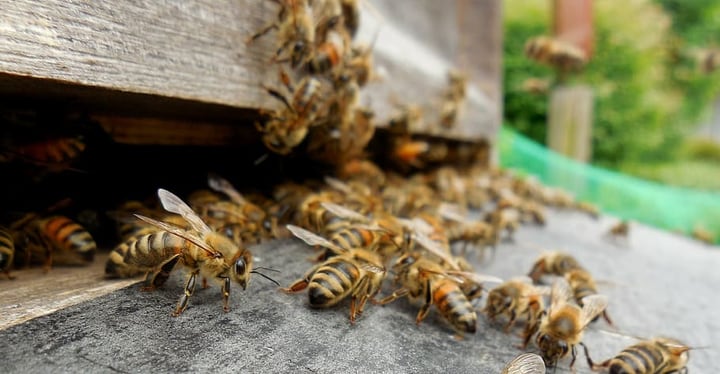
Sources of noise and constant traffic may interfere with the bees. If you have children, it’s best to separate the areas in your garden where the children play from the spot where you keep the bee house.
Important: Check the types of bees in your region, as not all bees nest in wood or stems. Some bees burrow under the soil and need a clear patch to make into their home while others like to make their homes in hedgerows and bushes.
Tips on How to Grow Flowers for Bees
Before we look at some of the best seeds you can buy to create a bee garden, we want to share with you some useful tips.
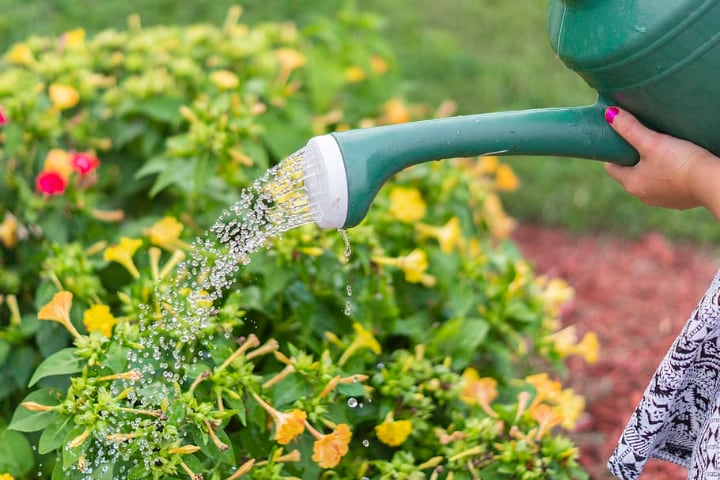
- Choose single-headed, non-hybridized flowers as these produce more nectar and provide bees with easy access to the pollen.
- Make sure the flowers for bees in your garden bloom all-year-round. This is crucial to attracting bees to your garden. You want in there spring-blooming plants, summer bloomers, as well as late bloomers that keep bees busy even in the fall.
- Bees also enjoy some herbs, such as mint, chives, and thyme. But it’s best to stick mostly to local herbs which bees are familiar with.
- Grow purple flowers because bees can see this color more clearly than other colors. Lavender and Echinacea are just two flowers you can start growing for bees.
- Water your flowers according to their specific requirements. Keeping the flowers in good shape will also help promote a happy population of bees.
Now let’s move on to some actual seeds you can buy.
Best Bee Flower Seeds
To help you with your own bee-friendly garden, here are a few flower seeds that can help you start growing the very best flowers for bees. Remember to read the instructions carefully and plant them at the right time.
Purple Coneflower Flower Seed Pack
Blackeyed Susan Flower Seed Pack
Bee Balm Flower Seed Pack
Lavender Flower Seed Pack
Bee Friendly Garden Books
Reading more about flowers for bees, the life of the hive, and gardening in general will bring you useful insights into creating a bee garden. Here are the best titles we came across, but don’t forget to explore others, too.
Flowers for Bees FAQ
Now let’s tackle some of the most common questions we’ve heard on flowers for bees.
What is the best flower for bees?
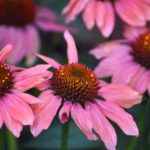
The best flower for bee has nectar and pollen, a bright color, and is not a hybridized plant. Bees love bee balm, echinacea, crocus, hyacinths, and many other flowers. Read on about the best flowers for bees.
What flowers do honey bees like most?
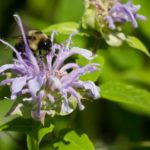
Bee balm, lavender, purple coneflower, crocus, and Blackeyed Susan are just some of the flowers that honey bees like most.
What are the best plants for attracting bees?
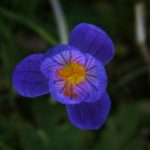
The best plants for attracting bees are rich in pollen and nectar and bloom into bright colors. Bees prefer plants that have not been highly hybridized and that grow close to areas with a water source and shelter.
What are bees attracted to in flowers?
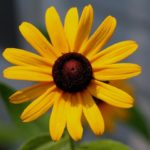
Bees are attracted to flowers that have plenty of pollen and nectar which they can feed on and carry back into their hive. Bees prefer single-flower plants that allow them easy access to these. They also like brightly colored flowers. Learn more about what flowers bees like.
Ready to Grow Some Bee-utiful Flowers?
Bees are not all that demanding when it comes to flowers. If there’s pollen and nectar and easy access to them, they will usually not say no to a flower.
But it’s important to remember that some hybridized flowers are just not meant to be a food source for bees. They may be beautiful, but they are not ideal for propagation through seed.
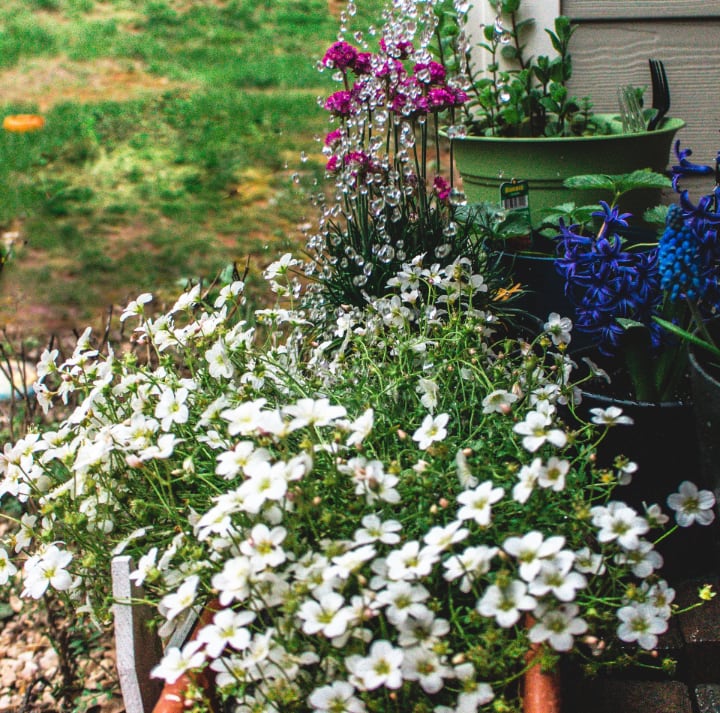
Now over to you. We’d love to hear about your experiences with bees and growing flowers for bees.
Are there any particular flowers that you’ve noticed attract the bees? Or do you have any other thoughts you’d like to share with us?
Drop us a comment here, use the contact form, or reach out to us on social media. Join us on our mission to keep the bees alive!

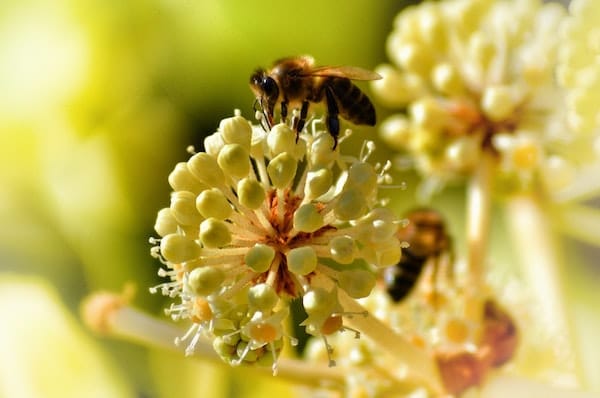
wow…. what a web site…
i was just looking for seeds and a way to creatively grow them.
its like a one stop shop. everything I need is here.
tnx and I’ll keep you posted.
greetings from Belgium.
stay safe
namaskaram